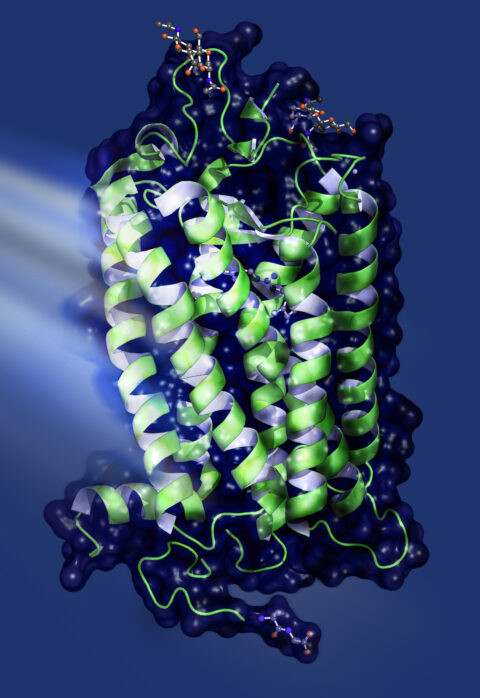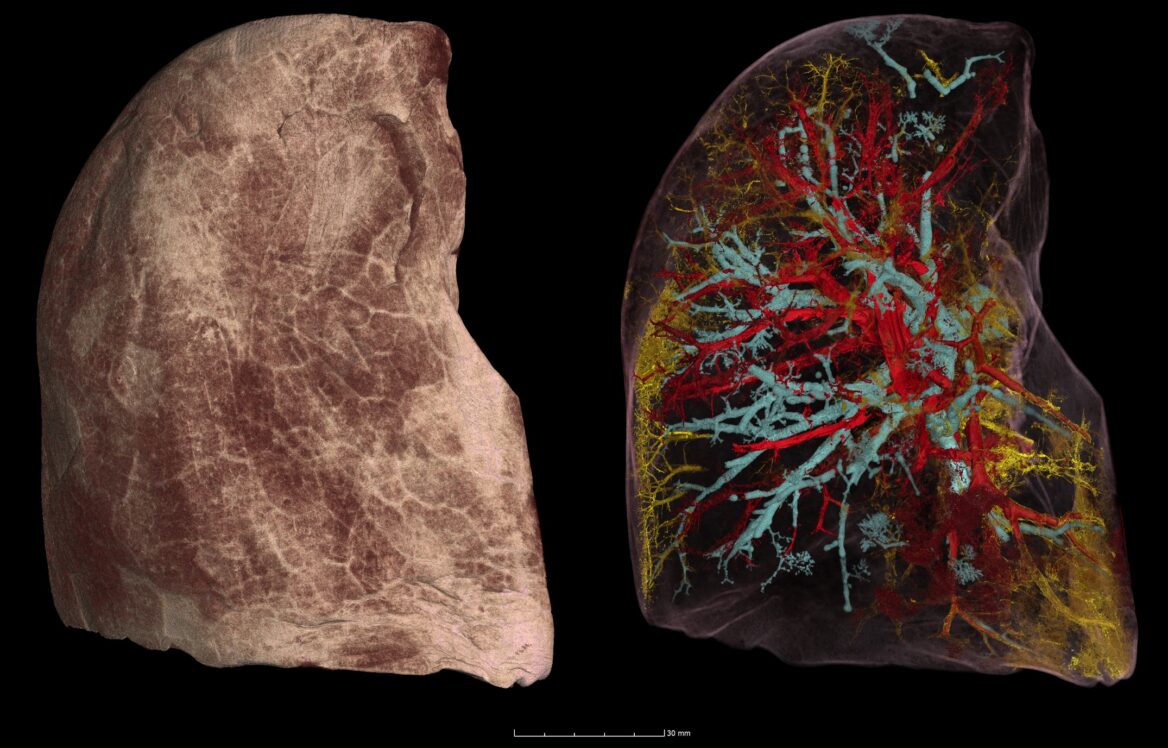Accelerator-based photon facilities, i.e., high-brilliance synchrotron radiation and free electron lasers accelerators are the world’s most powerful microscopes. They provide unique analytical tools for exploration of the molecular and electronic structure and processes in materials and biological systems. Today they serve more than 35,000 academic and industrial researchers with over 1 million hours of access per year across all scientific disciplines ranging from materials, biochemistry, catalysis, geoscience and planetary research to palaeontology and cultural heritage.
LEAPS members offer open access to national, European and international researchers inviting curiosity-driven research to be carried out as well as challenge-driven projects. They are a backbone of the European Research Area and key to make Europe attractive for the best researchers across the world, contributing to knowledge sharing and innovation.
LEAPS members currently have a substantial impact in research areas such as:
- Batteries
- Materials for the circular economy
- Public health challenges
- Rational catalysis design
- Green hydrogen
- Water-based technologies
- Advanced materials

